Since its inauguration in 2010, the Nissan Juke has been extremely popular. In the UK alone, a staggering 340,086 units have been sold. For the first time, however, the subcompact crossover SUV is being offered as a hybrid; fitting, given the increased pressure on automakers and consumers to make the switch to greener vehicles.
If you’d prefer to watch a review of the new Nissan Juke Hybrid, head on over to our YouTube channel.
Nissan Juke Hybrid price & competition
To do that, Nissan is tempting its customers by offering the hybrid model for a small added premium over the pure ICE alternative. Indeed, the electrified variant, which starts from the N-Connecta trim level costs £27,250 without options. By comparison, the equivalent automatic transmission Juke (DCT), costs £25,520, while the manual model costs £24,020. The new hybrid crossover SUV is also available in the Tekna (£28,750) and Tekna+ (£30,150) trims – a detailed breakdown can be found below (click to expand):
Find the best Nissan Juke deals
When it comes to its rivals, a similar albeit bigger vehicle is the Honda HR-V that starts from £28,835 and the Nissan Qashqai e-Power, which at the time of writing, has yet to have its price revealed. Elsewhere, there are numerous PHEVs to consider: MG HS Plug-in Hybrid from £31,095; Citroen C5 Aircross Hybrid from £35,080; Vauxhall Grandland X Hybrid from £35,570; Ford Kuga PHEV from £37,255; Cupra Formentor e-Hybrid from £37,770; Peugeot 3008 Hybrid from £37,980; Audi Q3 TFSIe from £39,385; DS 7 Crossback E-Tense 4×4 from £43,050; BMW X2 xDrive 25e from £43,295; Kia Sorento Plug-in Hybrid from £46,445; BMW X3 xDrive30e from £52,135; Audi Q5 TFSIe from £52,965.
Buy a car phone mount on Amazon (Affiliate)
Aside from part-electrified vehicles, you might also want to consider a pure electric SUV: the Kia Soul EV, e-Niro ‘2 64’ and the Hyundai Kona Electric Premium 64 kWh, the Skoda Enyaq iV 60 and Volkswagen ID.4 all come in at around £35,050. Then, you’ve got the Mazda MX-30 SE-L Lux from £26,650, the MG ZS EV from £27,745; the Vauxhall Mokka-e from £30,435, the Citroen e-C4 from £29,995, the Peugeot e-2008 from £33,700, and the MG5 EV, an all-electric estate, that starts from £28,195.
Read next: Citroen C5 Aircross Hybrid review: A comfy and roomy PHEV
Nissan Juke Hybrid exterior review
From the exterior, the new Juke Hybrid looks the part. Its frontal profile is treated with Nissan’s modern design language, where the top part of the grille is covered off to distinguish it from its pure petrol sibling. At the back, the stubby look adds to the overall appeal, while at the side, 17” alloys come fitted in the N-Connecta trim, and snazzier 19” rims are added to the Tekna trims.
You might also notice that the door handles differ from the front and rear of the cabin. A traditional design is used for the former, while the latter opts for a latch that’s located within the plastic trim that resides by the rear windows. Despite its unorthodox arrangement, all four doors are easy to operate.
Our only complaint, however, is that the automaker has kept plastic wheel arches, side skirts and lower-segment bumpers on its vehicle; we’d have preferred them to be body-coloured instead.
Read next: Nissan Ariya first drive: The best looking electric SUV
Nissan Juke Hybrid interior review
Moving inside the cabin, the new Juke Hybrid has a familiar feel. While its looks won’t stand out over more premium offerings, it does have an extremely practical design. Lodged at the centre of the dashboard, there’s a compressively laid out 8” display that supports both Android Auto and Apple CarPlay.
Behind the steering wheel, there’s a 7” part-digitalized instrument cluster, which can be customised to show your preferred driving information – turn-based navigation data is also fed through. Alas, a Head-Up Display (HUD) isn’t available.
What we love, however, is the use of physical buttons around the cabin; from the steering wheel to the centre of the dashboard where dedicated climate controls make for an intuitive user experience over capacitative or touch-based input.
Read next: Our favourite power banks for long journeys
Better still, Nissan has decided to retain a 3.5mm auxiliary jack at the front of the cabin, which will be a welcome sight to certain consumers. A singular USB Type-A port and 12V socket can be found here, too. There’s another USB port – used for charging only – at the rear of the centre console.
Elsewhere, the crossover SUV has a six-speaker configuration in the N-Connecta trim, while in the Tekna trims you’ll find a fun-sounding 10-speaker Bose audio system. The latter also has speakers built into the front headrest, which helps elevate the audio experience.
Nissan Juke Hybrid storage review
Moving onto storage, there’s a small non-slip area for a smartphone at the front of the centre console, two cupholders further down and a small compartment located under the armrest. The door bins are all large enough to accommodate a 500ml bottle, while the front two are a bit more spacious where they’ll also transport a few smaller valuables. As for the glove box, it’s surprisingly large, too.
When it comes to its boot, there’s 354 litres with the seats in place and 1,237 litres with them folded flat. Due to the positioning of the battery pack, the hybrid model has a reduced cargo capacity over its pure ICE sibling, which offers 422 and 1,305 litres, respectively.
Nonetheless, it should suffice for your weekly shops, and as for practicality, there are 60:40 rear-split folding seats that lay flat, a small underfloor compartment and better still, a hatchback design, which makes it easy to load in and out goods from the rear of the vehicle. Unfortunately, however, an electric tailgate isn’t available on all trim levels.
Here’s how it compares to a few of its rivals: the Skoda Enyaq iV (585/1,710 litres); VW ID.4 (543/1,575 litres); Citroen C5 Aircross Hybrid (460/1,510 litres); Kia e-Niro (451/1,405 litres); MG ZS EV (448/1,166 litres); Peugeot e-2008 (434/1,467 litres); Cupra Formentor e-Hybrid (345/1,475 litres); Kia Soul EV (315/1,339 litres); BMW X2 xDrive 25e (410/1,290 litres); Citroen e-C4 (380/1,250 litres); Honda HR-V (320/1,290 litres); Mazda MX-30 (341/1,146 litres); Hyundai Kona Electric (332/1,114 litres). As for the MG5 EV estate, it offers 464 and 1,456 litres, respectively.
Read next: Skoda Enyaq iV review: The Volkswagen ID.4 alternative
Nissan Juke Hybrid comfort review
Given its compact form factor, it’s surprising how many pockets of space there are within the cabin for your valuables, however, the same couldn’t be said about rear occupant space. Both headroom and legroom are somewhat limited whereby 6-foot 2-inches (188cm) individuals will feel a little constricted. On the plus side, Nissan has incorporated a near-flat footwell design, allowing the rear middle occupant to feel more comfortable.
At the front, the seats are manually adjustable and become heated in the Tekna trims; headroom and legroom are non-issues. Another aspect to consider is cabin noise, and here the new Juke has good noise isolation but isn’t quite serene as it does suffer from a bit of tyre noise when traversing at higher speeds.
Read next: Cupra Formentor e-Hybrid review: Better than BMW X2?
Nissan Juke Hybrid performance review
This leads us to driving comfort, where the crossover SUV has a stiffened suspension setup. You’ll feel the odd speed bump and pothole within your inner-city commutes, as opposed to the Citroen C5 Aircross Hybrid, which glides over road anomalies.
As such, you might expect the Nissan to feel a bit more planted to the ground when going around windy country roads, but alas it still suffers from body roll. Its steering input also feels disjointed, namely when compared to sportier SUVs, such as the Cupra Formentor e-Hybrid and BMW X2 xDrive 25e, which provide a superior driver’s feel.
Find the best Nissan Juke deals
So, what about when it comes to performance? Here, the manufacturer claims the hybrid model is 25% more powerful while also consuming 20% less fuel than its pure petrol sibling. This, of course, is due to the electrified components found within the vehicle.
Indeed, there’s a 1.258 kWh battery and a 36 kW electric motor housed within its small-sized shell. When combined with its 1.6-litre petrol engine, the Juke Hybrid outputs 105 kW (141 hp) of power, 205 Nm of torque, and will attain 60mph from a standstill in a tested 9.76 seconds. Top speed is restricted to 103 mph. Just for comparison’s sake, the non-electrified models have 84 kW (112 hp) of power and output 200 Nm of torque at 3000 RPM. While the petrol and hybrid models aren’t exactly exhilarating, we feel the Juke’s target audience isn’t going to care all that much about straight-line speed.
Rather, it’s the promise of better fuel efficiency that’ll win over new customers. Unfortunately, in our mixed driving tests we only attained 35-40 MPG, a lacklustre figure for a vehicle of its class; with that said, there was a lot of spirited driving in our short test route, so you’re likely to achieve a better figure.
As for total driving range, you’ll be able to drive for roughly 350 miles without having to stop, as the Juke Hybrid has a 46-litre fuel tank.
In order to better efficiency, the Electronic Control Unit (ECU) attempts to utilise the 1.258 kWh battery pack as often as possible. While its pure-electric range is limited to a measly 5 miles (8km), the vehicle frequently opts to run in hybrid mode thus using both power sources to drive the front wheels. We should point out, that, unlike the Nissan Qashqai e-Power, the Juke Hybrid’s 1.6-litre engine isn’t disengaged from the vehicle’s front axle and thus can be used to power both the battery pack and/or the vehicle.
Indeed, the engine is used to charge the battery when it’s running low or when the ECU decides its battery doesn’t offer bettered fuel efficiency as opposed to running on pure petrol power. Looking at how frequently and dynamically the vehicle alternates between the two power sources is quite fascinating. Here, the transition between petrol and EV modes is seamless and buttery smooth, one can’t feel the difference, but of course, one might be able to hear the engine, when engaged, at the front of the vehicle.
Another interesting element of the new Juke Hybrid is its transmission. Oddly, the automaker has two dedicated for EV mode and four gears for the ICE part of the vehicle. Each time the vehicle starts, it’ll default to the former set, and when the engine is engaged it’ll initiate the remaining four. This makes for a bit of lag when putting your foot down to the metal, as there’s a small delay when you’re going through the gears. Note, there’s no means of manually changing the gears, it’s all done automatically for you – in Sport mode, the vehicle responds a bit quicker to accelerator input as the revs are kept a little higher, while in Normal and Eco modes, it’s a little more sluggish.
Now aside from re-attaining energy from the front-mounted engine, the battery pack can also be topped up via regenerative braking. Here, the automaker includes e-Pedal mode, a means of decelerating the vehicle at a much more rapid rate while also harvesting as much energy as possible when lifting off the accelerator pedal. In e-Pedal mode, you’ll be able to decelerate to a crawl, but will need to resort to using the physical brake pedal in order to come to a complete standstill.
Read next: BMW X2 xDrive25e review: A sporty hybrid crossover
Nissan Juke Hybrid safety review
When it comes to its driver assistance systems, the new Nissan Juke Hybrid has cruise control and speed limiter, lane departure warning with lane intervention, traffic sign recognition, and high beam assist. The Tekna trims are treated to the ProPilot pack, which includes driver alertness, blind spot intervention, traffic jam pilot, lane keep assist and adaptive cruise control with stop and go technology. The latter system works flawlessly and when combined with steering aid, the vehicle dynamically regulates its distance from the leading vehicle and stays consistently centred within the lane.
As for visibility, it’s excellent at the side and rear, though, the frontal vision is slightly obscured by the rearview mirror. Thankfully, front and rear parking sensors alongside a rearview camera come fitted as standard on all hybrid trim levels.
Read next: Nissan Qashqai e-Power first drive: A new hybrid SUV
TotallyEV’s verdict on the new Nissan Juke Hybrid
Overall, the Juke Hybrid offers slightly bettered performance and the ability to drive in EV mode while only having a slightly smaller boot over its petrol sibling. Granted, it’s a little more expensive than the equivalent ICE model, it’s still a worthwhile consideration for prospective N-Connecta, Tekna and Tekna+ customers due to the potential fuel savings that can be achieved.
Find the best Nissan Juke deals
What do you make of Nissan’s electrified Juke? Let us know in the comments section below or via social media; we’re on: YouTube, Instagram, Facebook, Twitter and LinkedIn.

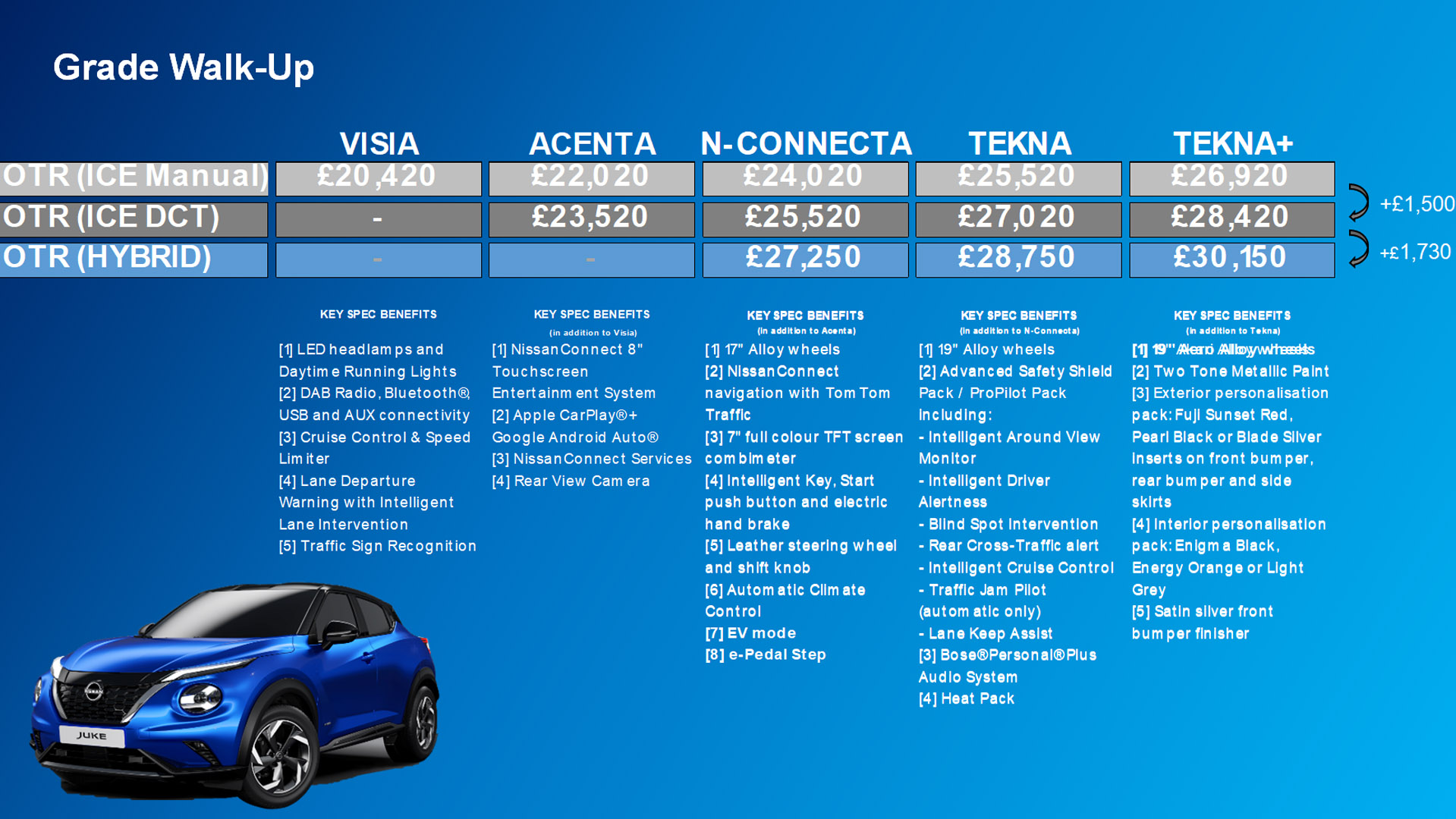
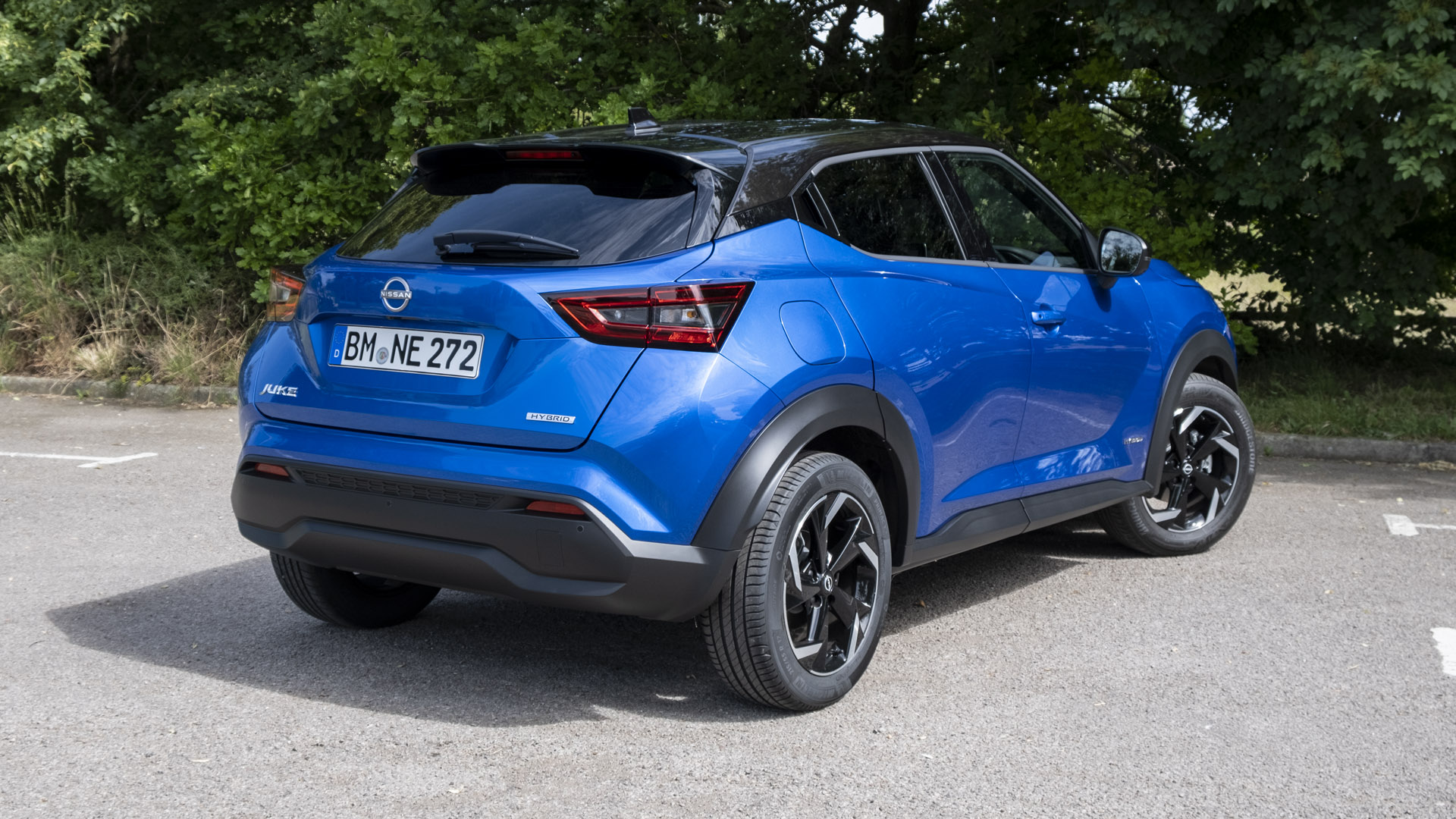
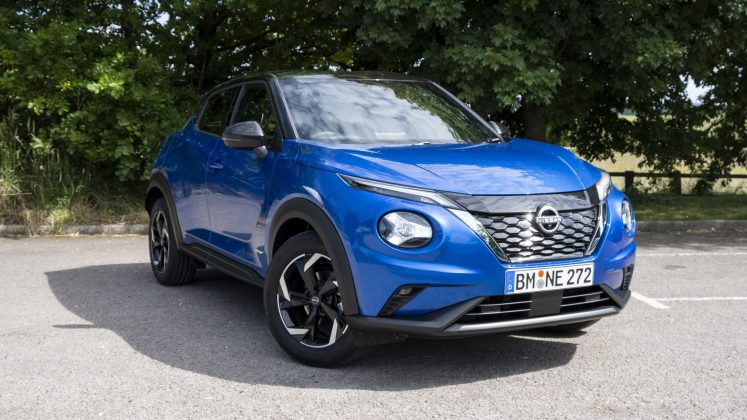
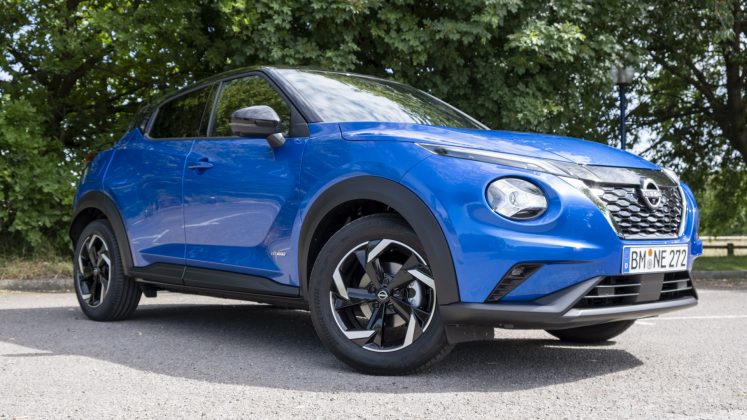
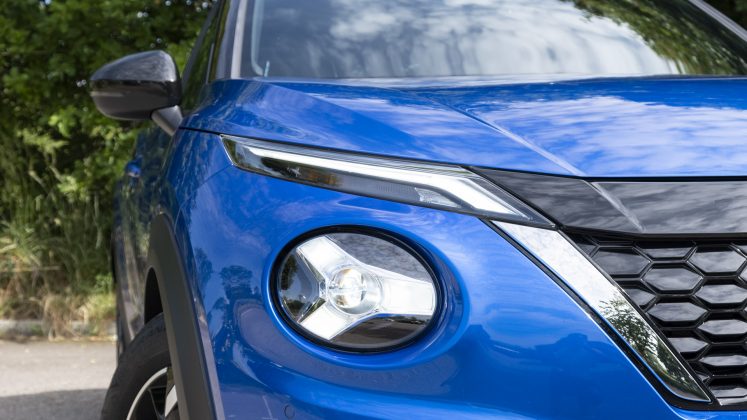
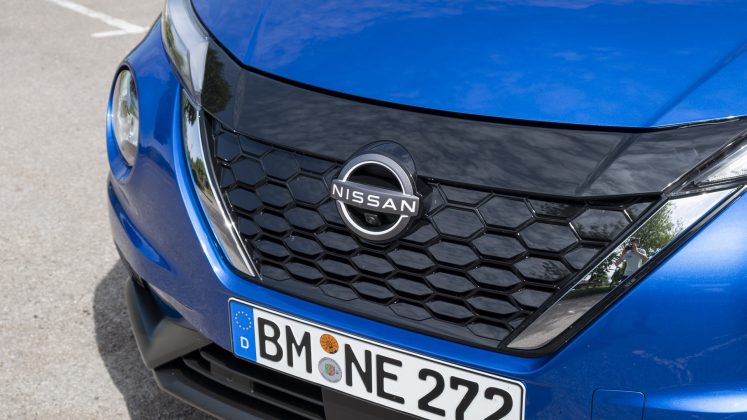
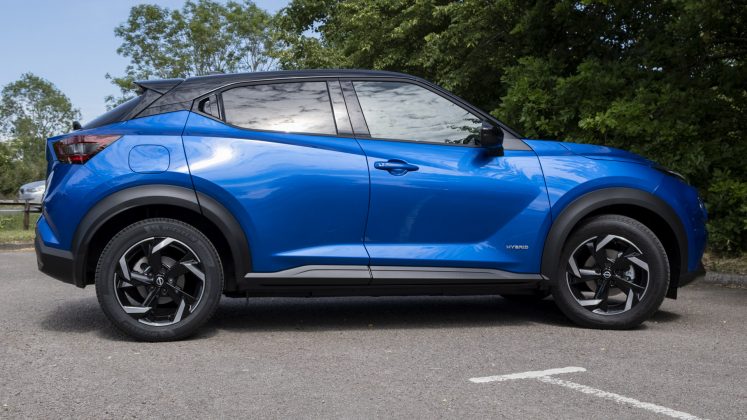
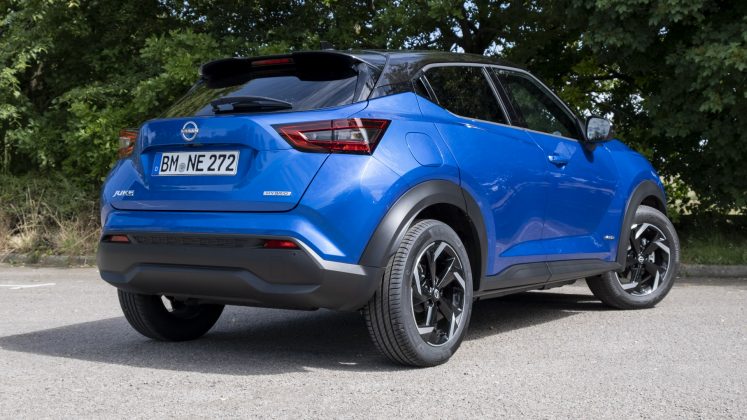
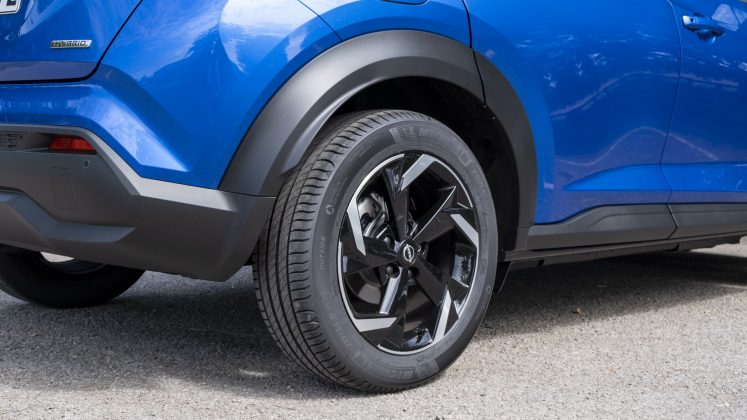
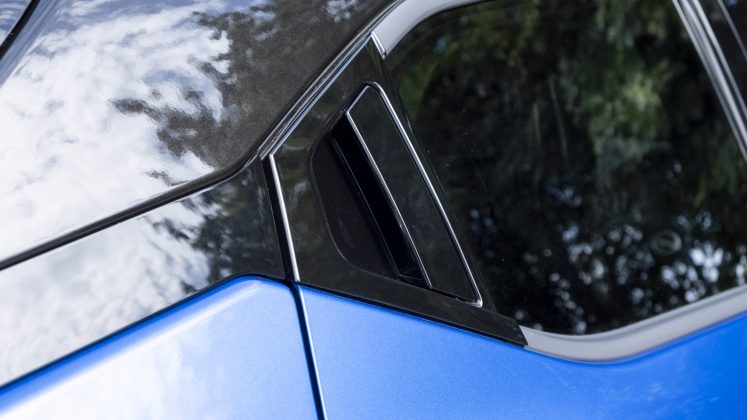
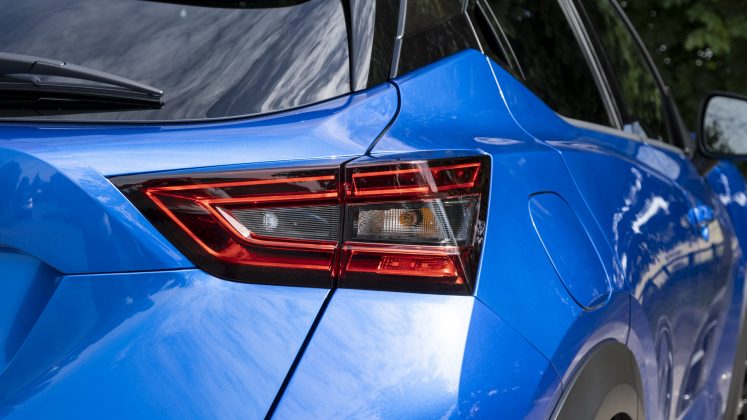
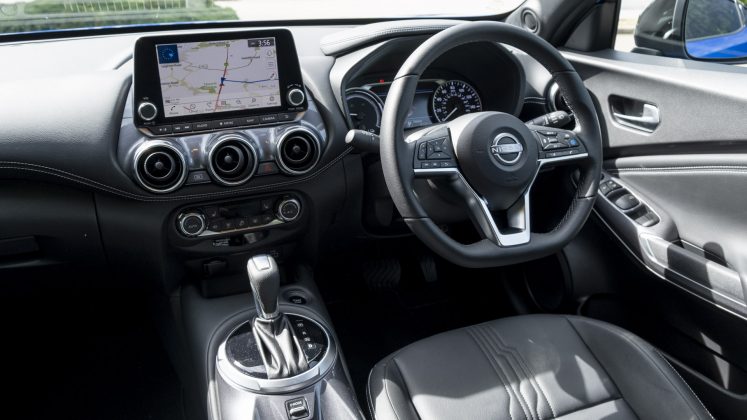
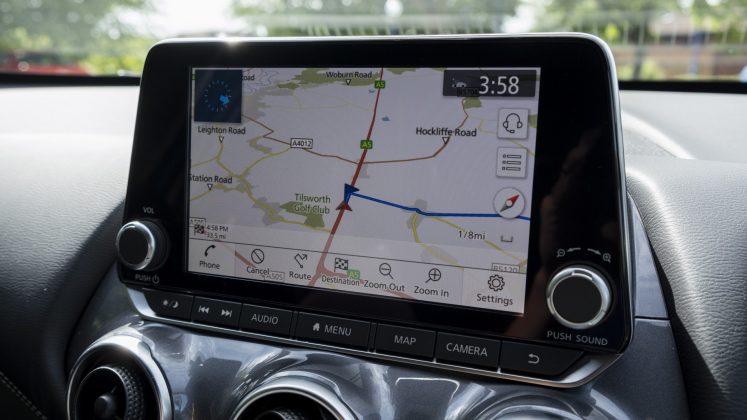
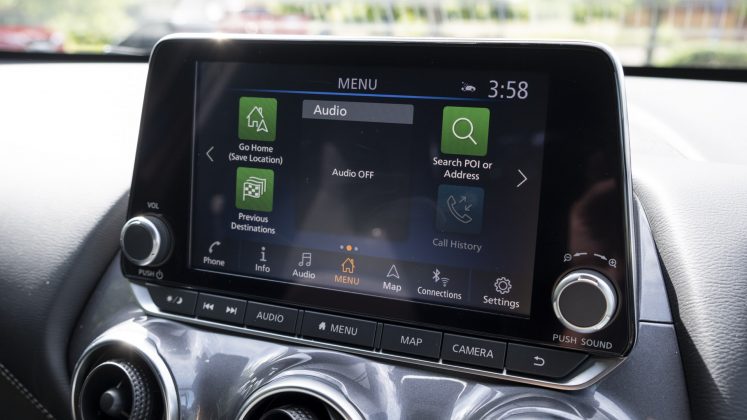
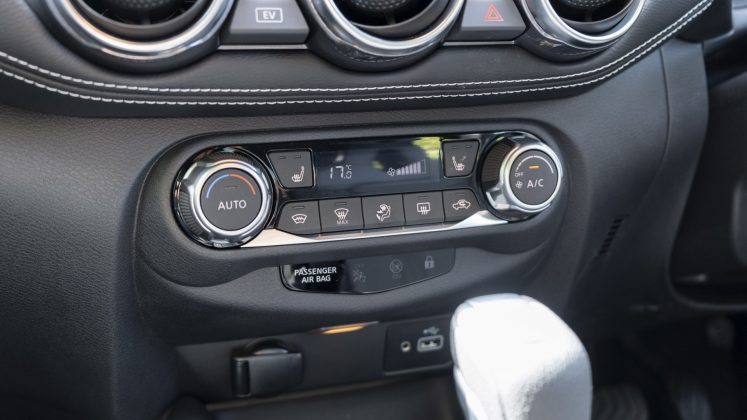
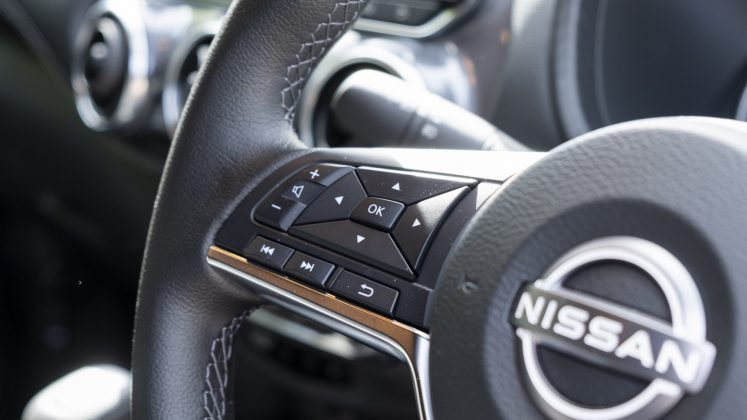
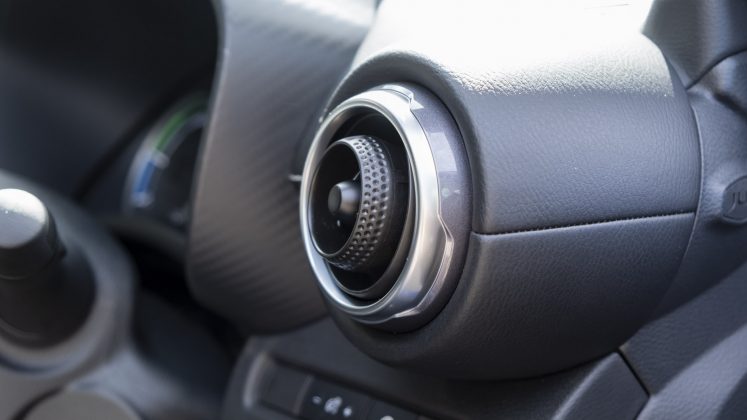
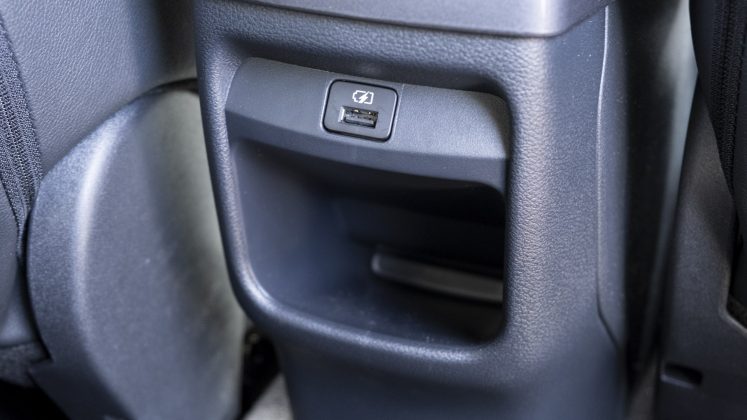
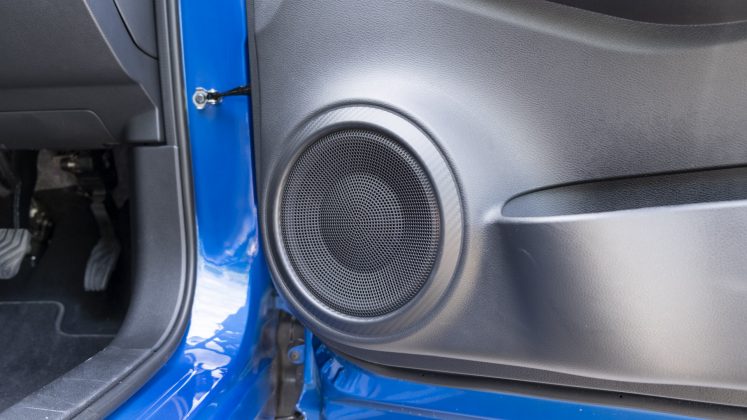
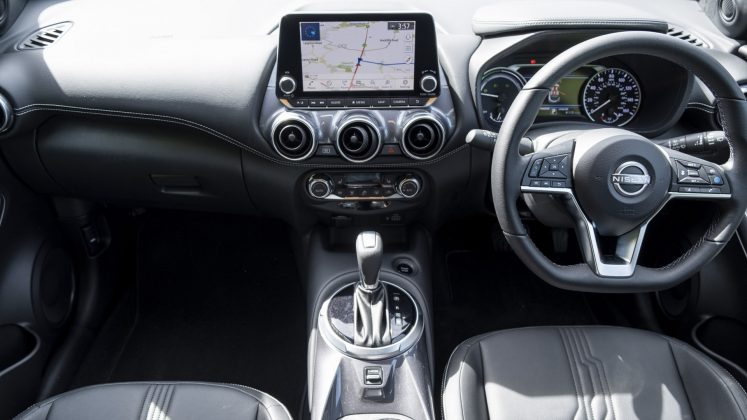
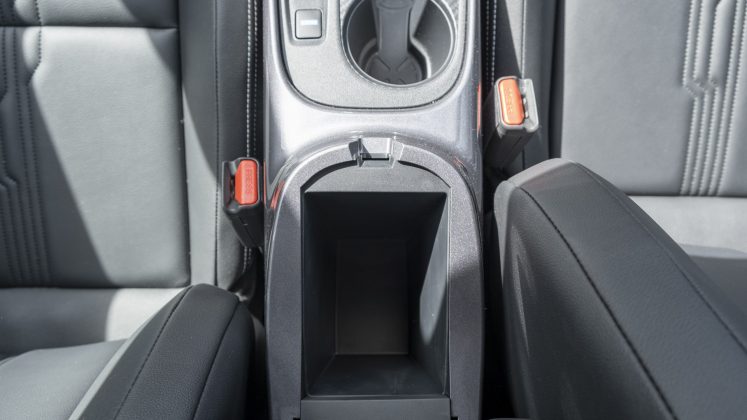
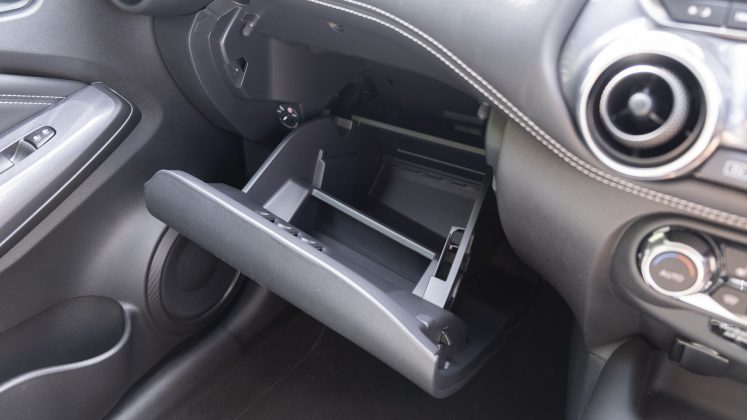
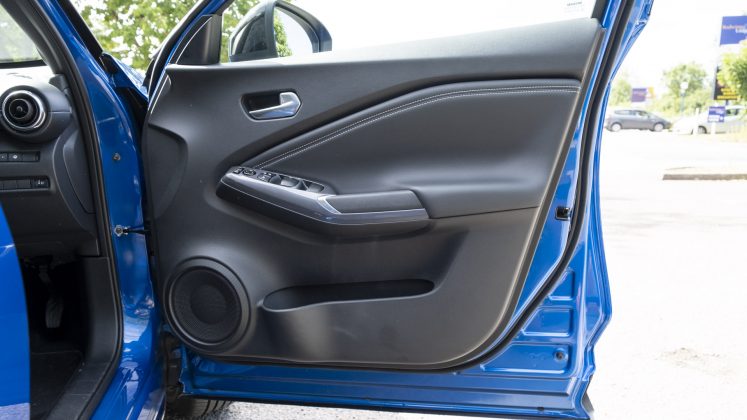
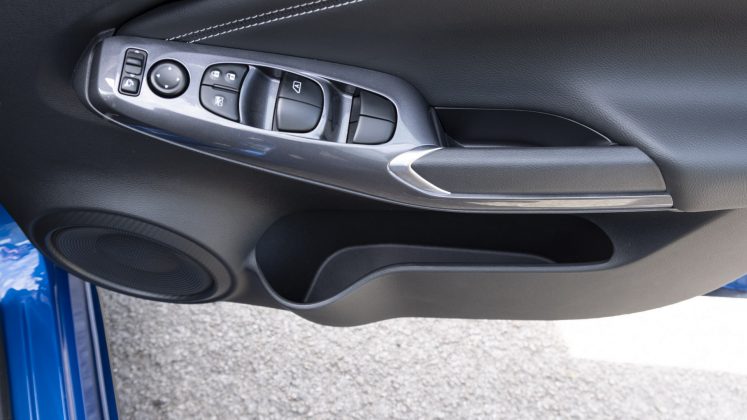
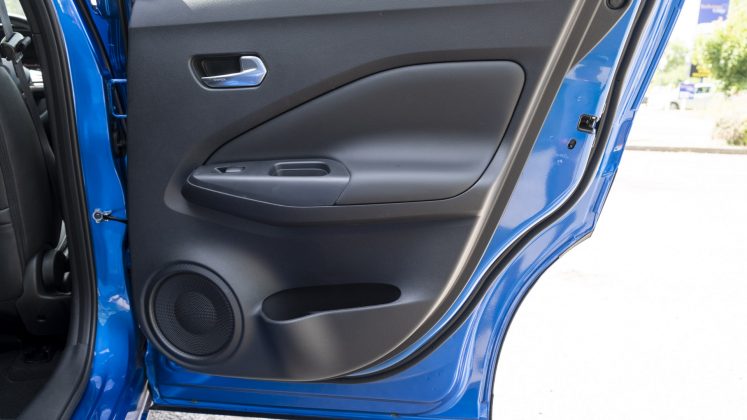
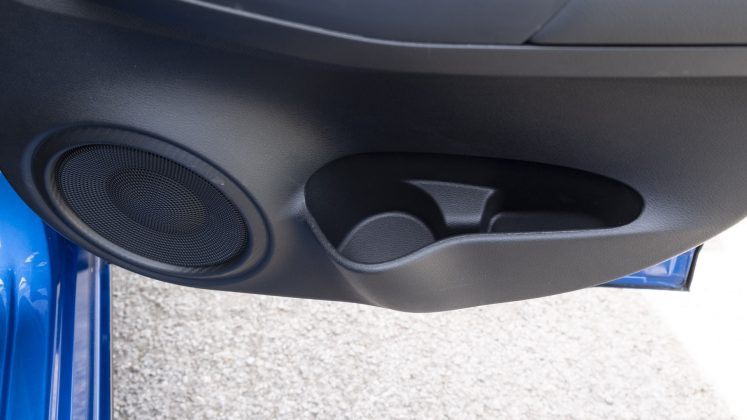
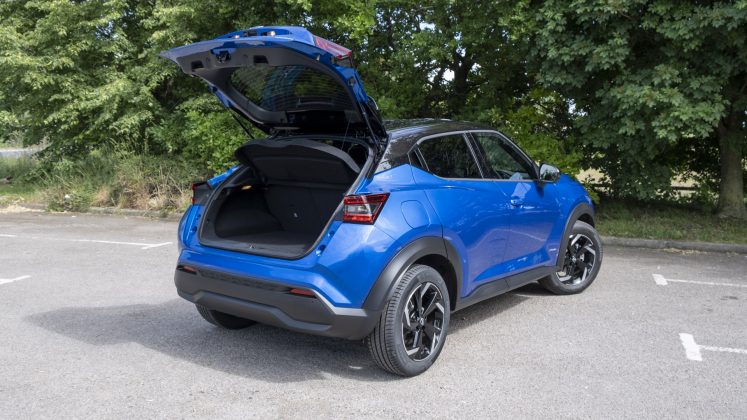
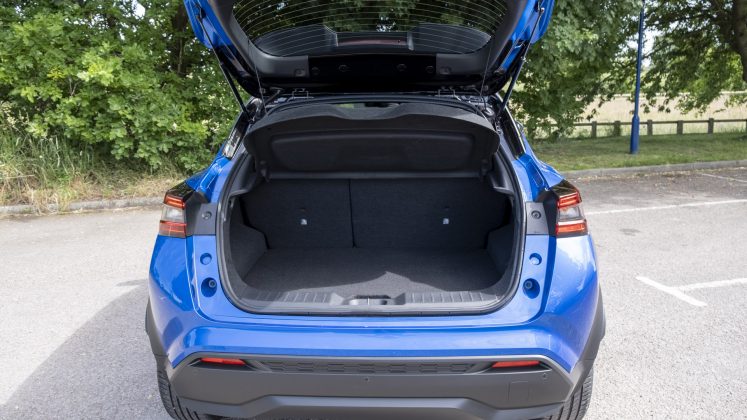
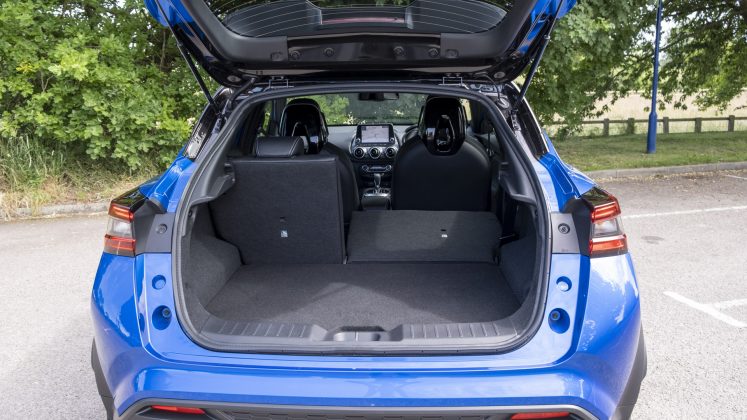
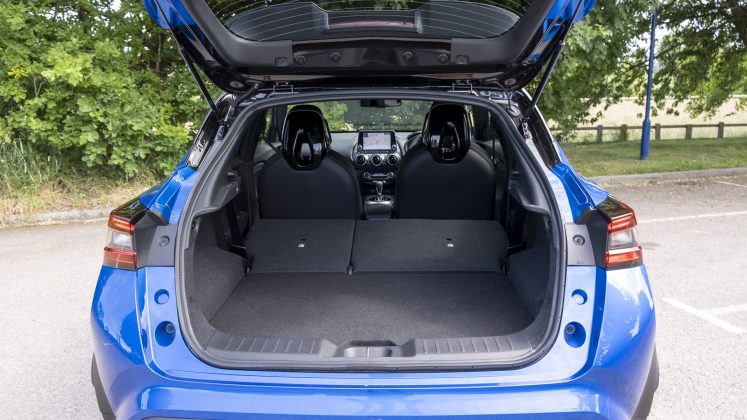
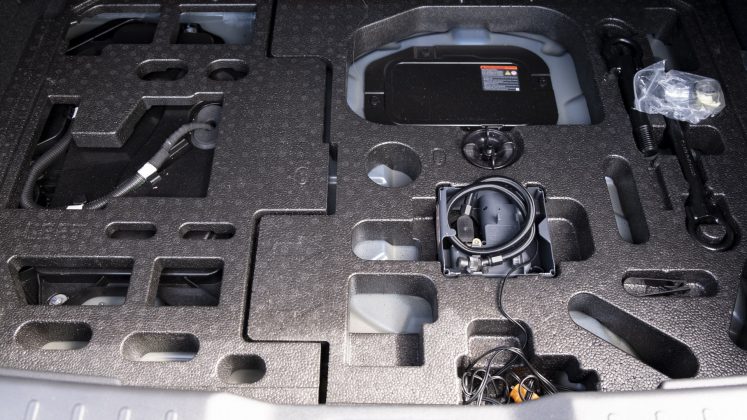
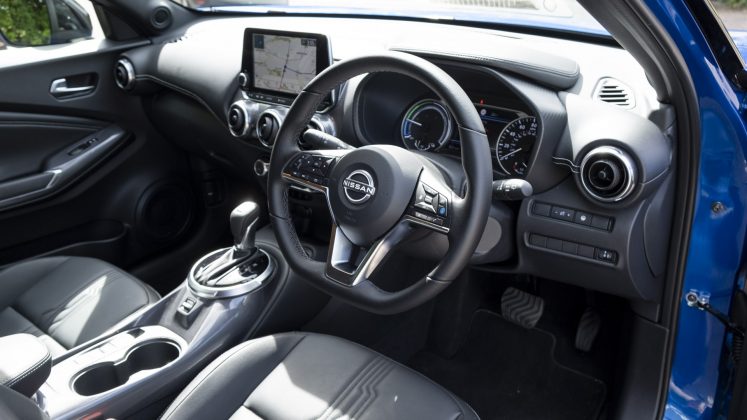
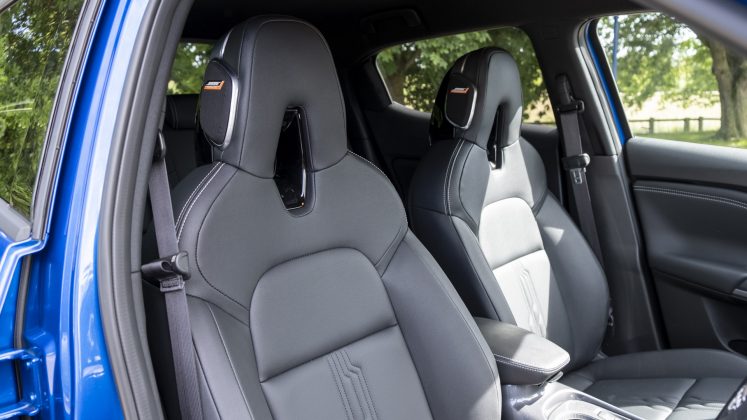
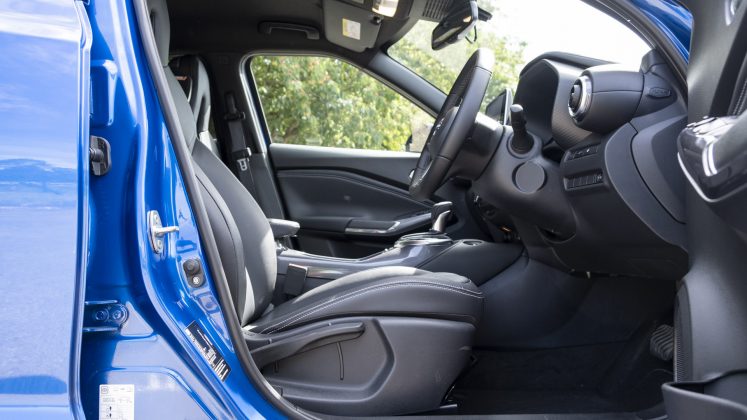
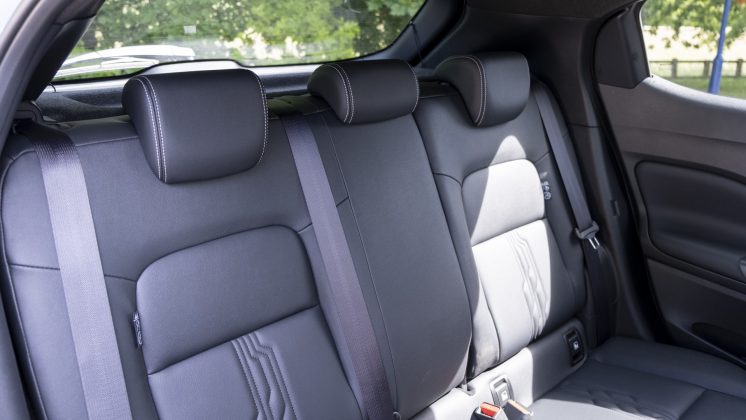


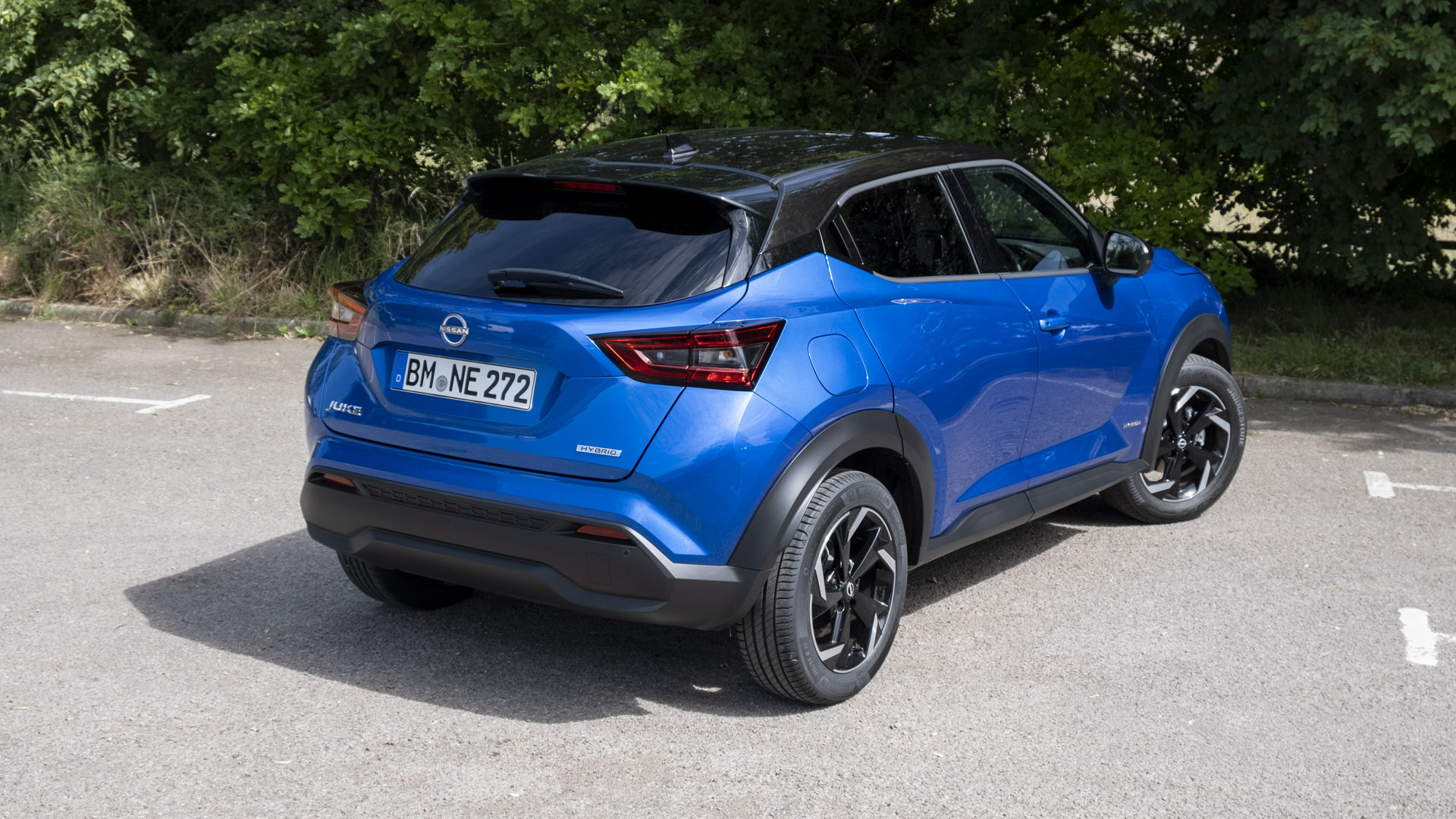
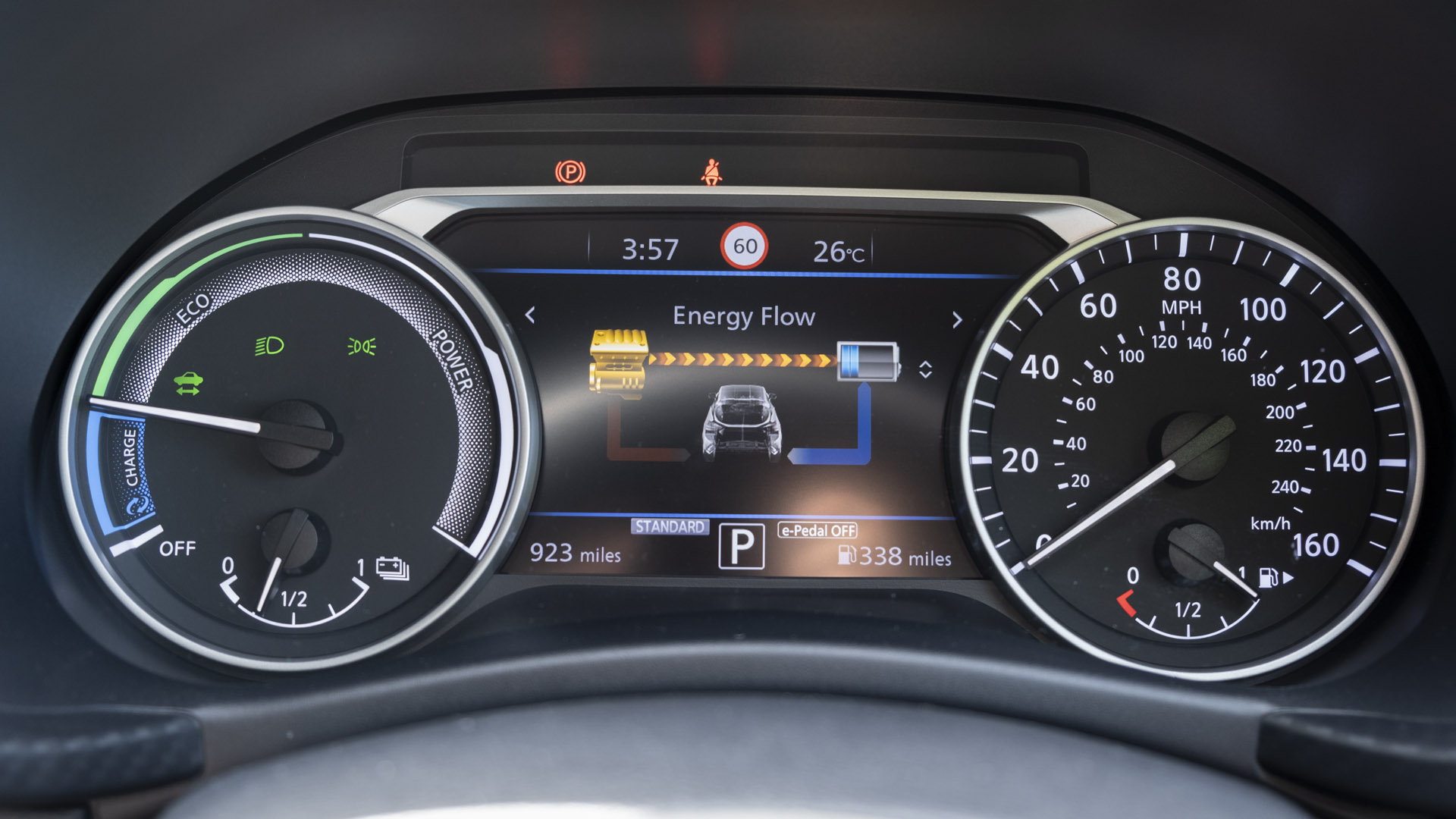
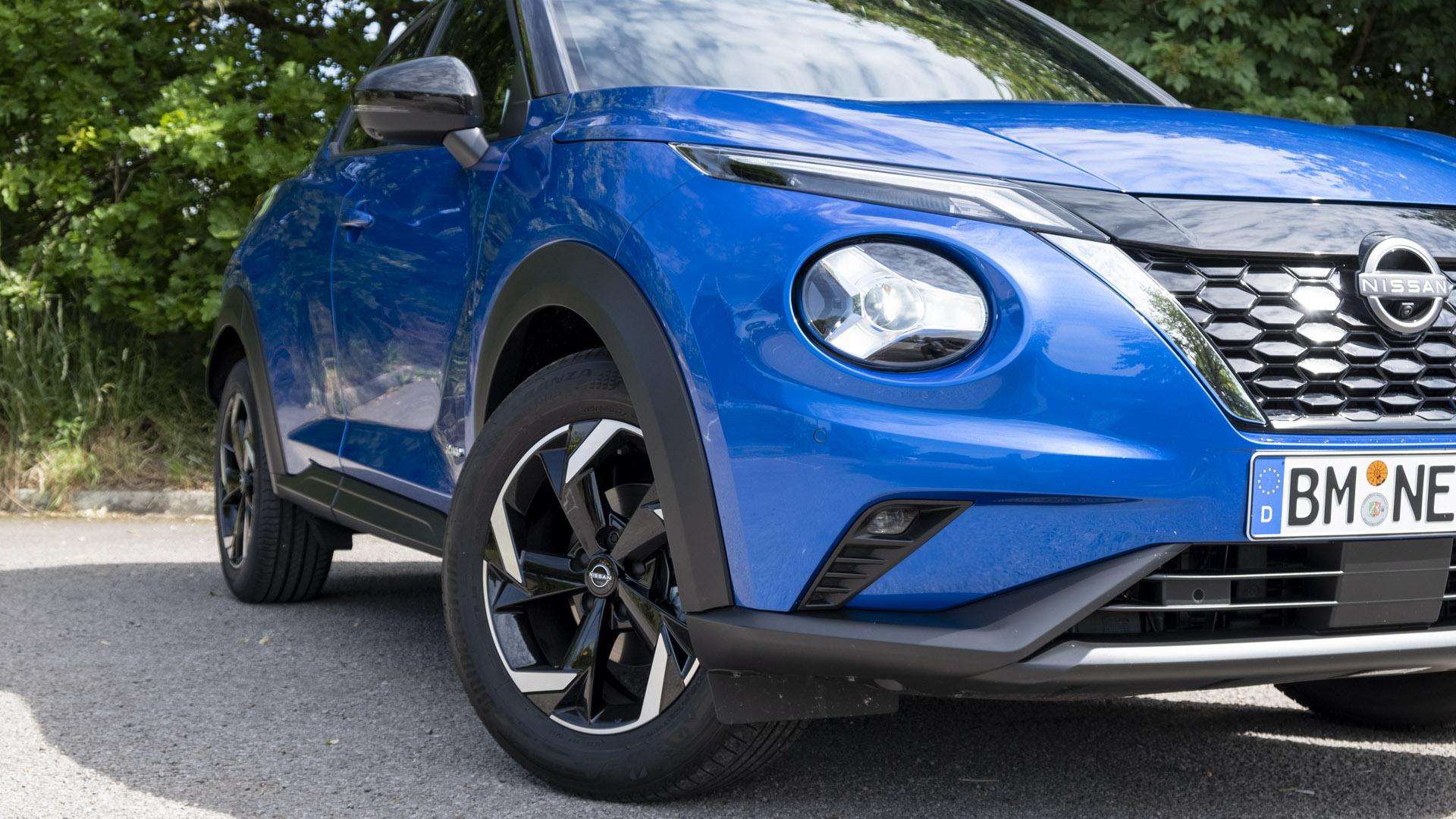
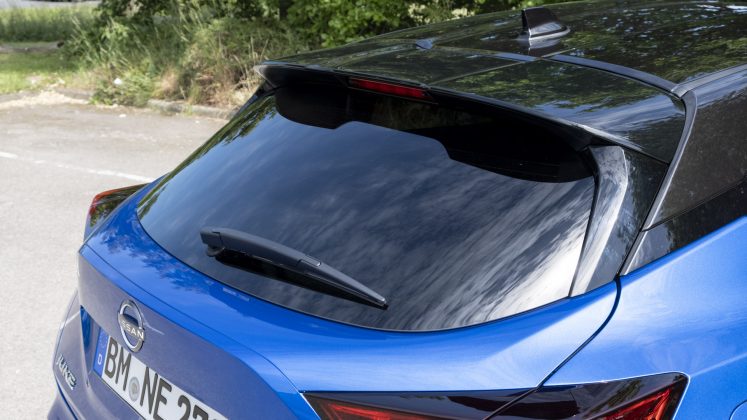
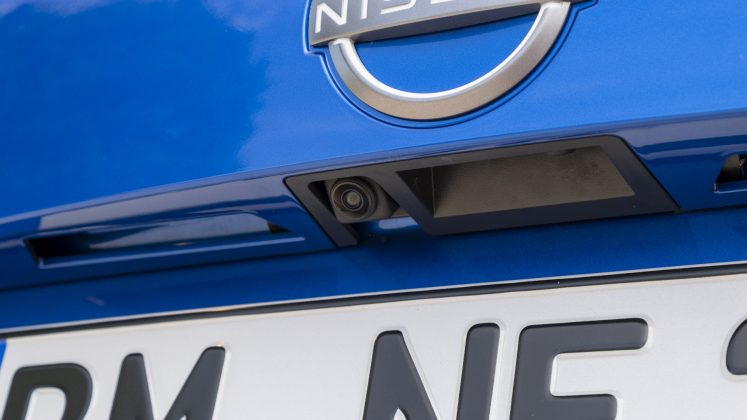




Ev mode only button not good for more than around 2 -3 miles pretty much useless as you can’t get the battery charged to much above 50% and when below that figure it won’t allow you to use it , why do these self charging hybrids get delivered with only around 50% of charge , Hyundai the same pity you can’t top up self chat hybrids
Indeed, it’s a limitation of these somewhat mild hybrids!